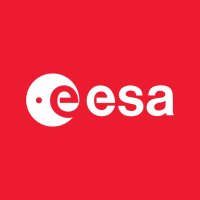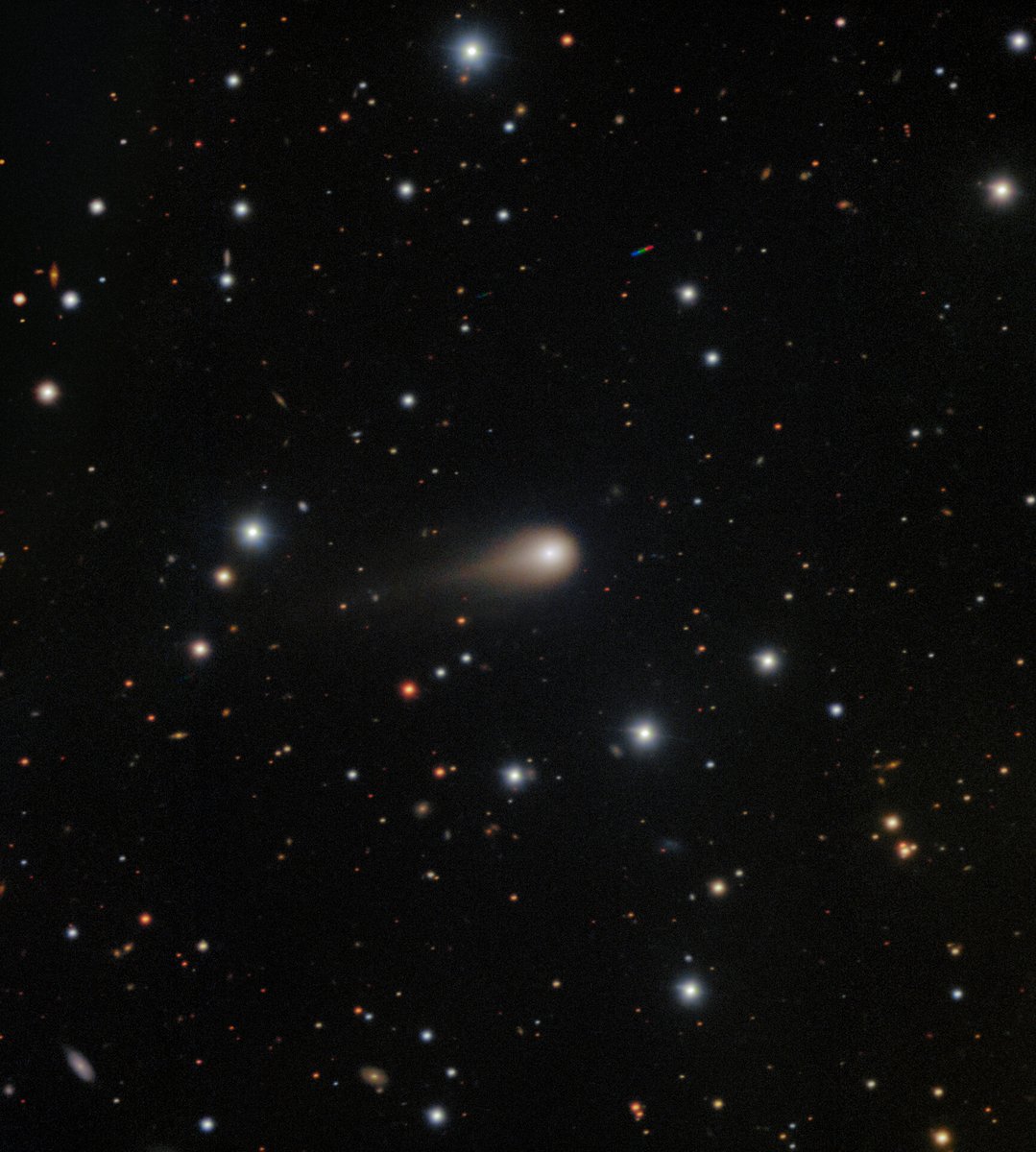
Adrien Coffinet
@adriencoffinet
Journalist @futurasciences @futura_etoiles ; PhD astro{nomy/physics} (exoplanets) @obsge/@NCCRPlanetS ; asteroid (199991)
ID: 3001901542
27-01-2015 19:07:14
14,14K Tweet
1,1K Followers
4,4K Following



The ESA's Juice mission mission to Jupiter is on track for its gravity-assist flyby at Venus on 31 August, following the successful resolution of a spacecraft anomaly that temporarily disrupted communication with Earth. esa.int/Enabling_Suppo…

Results from the first part of our fourth LIGO EGO & the Virgo Collaboration KAGRA Gravitational Wave Observatory observing run are out today! We're pleased to share the largest catalog of gravitational-wave observations with more discoveries of black holes and neutron stars 📰 arxiv.org/abs/2508.18082 #O4IsHere #GWTC4




Astronomers using ALMA Observatory📡 have for the first time clearly mapped magnetic fields in the protoplanetary disk around TW Hydrae, a nearby young star, revealing that magnetism may be a critical hidden force in how planets form. By measuring subtle broadening in light from CN
























